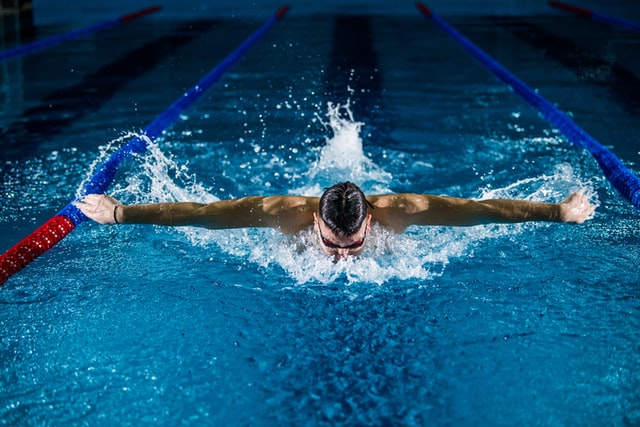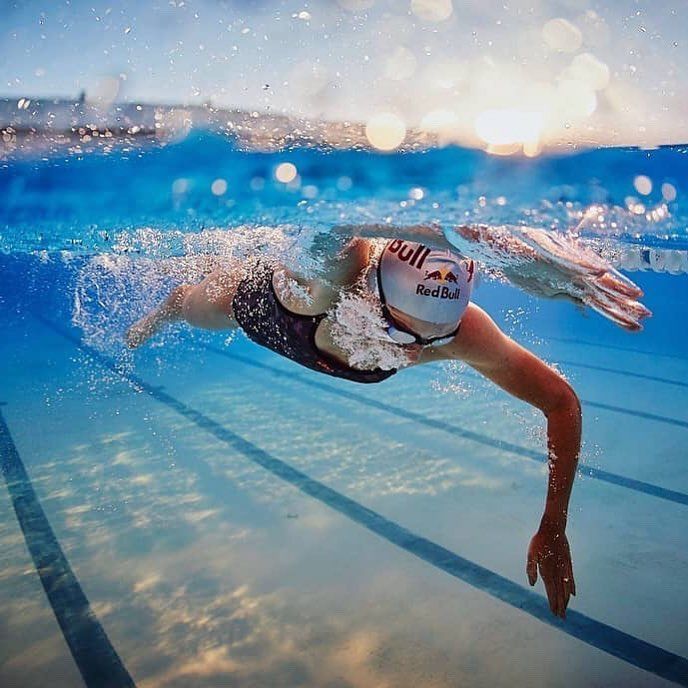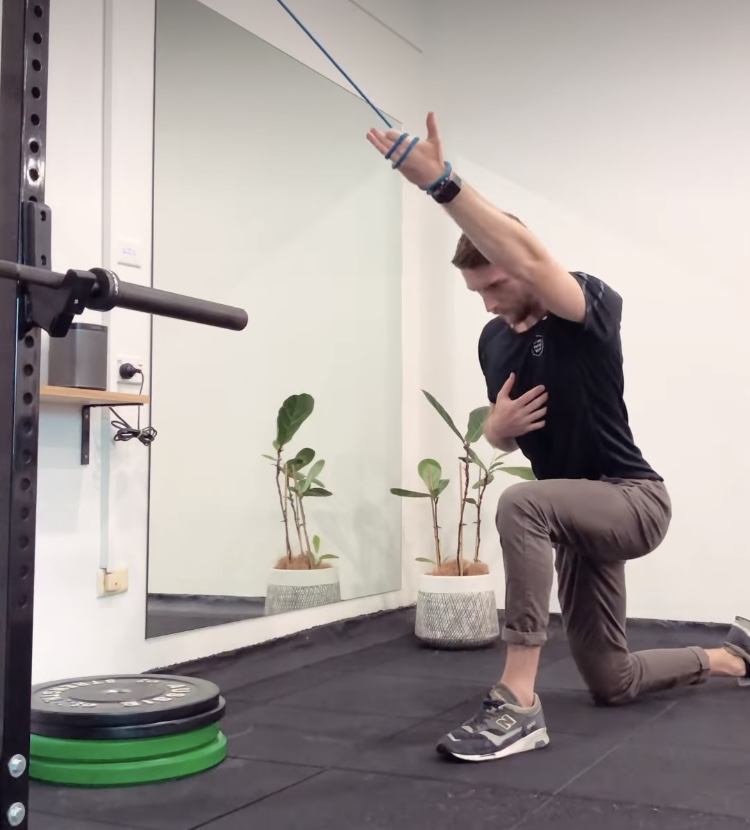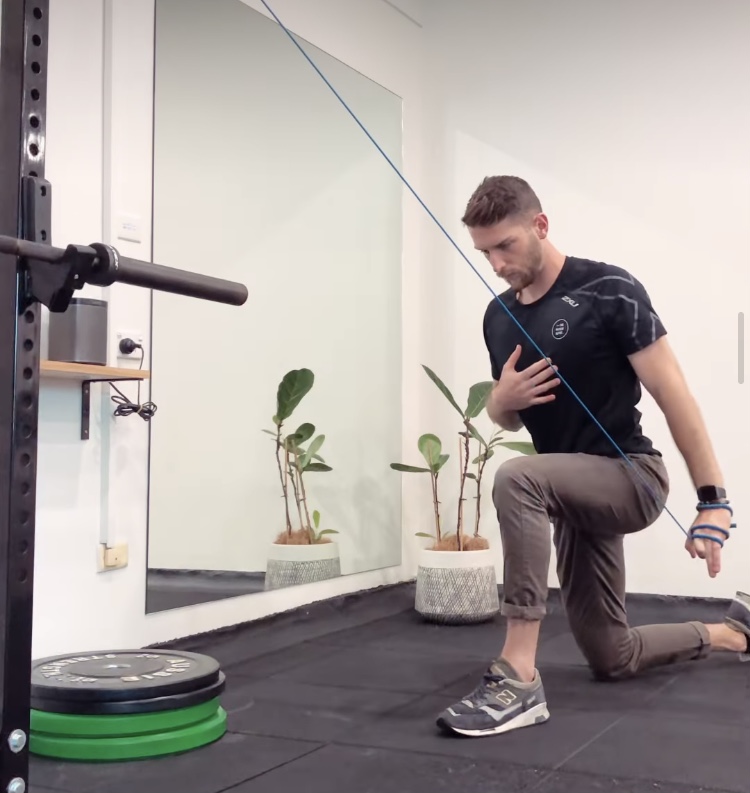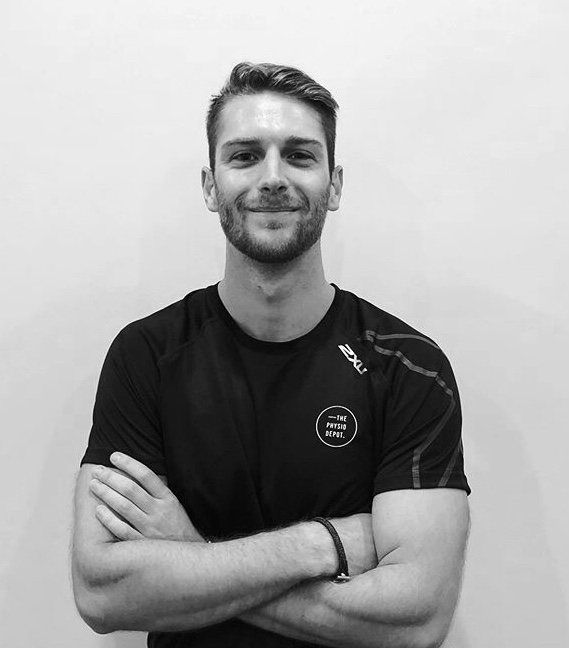Swimmers shoulder
What is swimmers shoulder?
“Swimmer’s shoulder” is an umbrella term for shoulder pain / injuries that relate to the swimming population. Due to the complexity of the shoulder anatomy, many factors relating to the swimming stroke can contribute to the presence of pain.
Most grumpy shoulders among swimmers start from irritation of the shoulder bursa or the rotator cuff tendons, however think of this as only the symptom, we need to find the reason WHY these structures have become overloaded, and fix that!
What causes shoulder pain?
Swimming involves a high amount of repetitive and powerful overhead movements (particularly freestyle, backstroke and butterfly), and with around 4,000 strokes roughly for most practice sessions, it makes sense that our shoulders might be the first thing niggle.
The most common culprits:
- Sudden increase or changes to training load
- Poor swimming technique or motor patterns
- Poor shoulder blade control (this is a big one) —> If the arm is moving / rotating the shoulder blade must move well to allow the ball and socket of the joint to work together
- Poor shoulder strength and stability (rotator cuff and pulling muscles)
- Decreased shoulder rotation or overhead movement
How long does it take to go away?
- Get niggles assessed quickly! The longer a grumpy shoulder is pushed through, the longer it will take to fix, and the more compensations will change your technique.
- Clinically it can take up to 4-6 weeks for an initial improvement of inflammatory symptoms.
- Full recovery will take up to 12-16 weeks
How do you fix swimmer’s shoulder?
–> FIND OUT WHAT IS CAUSING SHOULDER OVERLOAD
–> MODIFY TRAINING TO CONTINUE PAIN-FREE
–>RE-TRAIN HOW THE SHOULDER WORKS
–> INTEGRATE THIS WITH SWIMMING TECHNIQUE
1. Initially you need to settle down the initial inflammation using a variety of methods.
- Training modification and cross-training: During this phase it’s still important we keep you swimming, we can do this by swapping painful strokes for variations such as breastroke or kick-board work initially as we build things back up.
- Massage & release work
- Taping to assist with pain, awareness and shoulder mechanics during swimming
2. Exercise is key to a long term solution!
There are no magic exercises for all swimmers, and every swimmers shoulder will be treated differently depending on those contributing factors and unique training demands.
- Organising shoulder blade mechanics during stroke patterns
- Mobility exercises targeting shoulder rotation and overhead positions
- Gradual overload of the pulling muscle system and shoulder stability
- Designing a shoulder friendly gym or home program to follow to keep things happy and improve swimming performance!
Any questions about an injury shoot us an email or give us a call on (02) 4751 9127
Need an appointment –> BOOK HERE!
Written by Kieran Fercher
(Physiotherapist)

